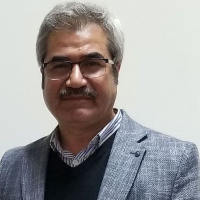Explaining the dialectic of space and the concept of the right to the city from the perspective of critical urban theories
Urban spaces cannot be considered only as a natural structure in the framework of the historical growth and development of cities. Rather, these spaces are always organized and reproduced through various factors such as capital, politics, ideology and society. This is despite the fact that today, due to the dominance of capital-oriented policies on urban spaces, the social dimensions of space production have been neglected. In such a city, the rights of citizens in influencing the spaces of daily life have been marginalized. In contrast to this common thinking, critical urban theories have been formed based on the fundamental criticism of these approaches and the disclosure of the main factors that exclude citizens from urban spaces. Therefore, this article, with a fundamental approach and by adopting a descriptive-analytical method and by using qualitative and critical analyzes based on critical urban theories, by explaining the spatial dialectic in relation to the effects of politics, capital and society in the production of space, tries to reveal the roots of the deprivation of the contemporary urban society. By applying the concept of the right to the city, we argue that strategies based on the social will of city residents can be presented against these attitudes governing the urban space, and we also believe that urban praxis as a social action will play an effective role in the urban space by responding to the demands of an urban society in order to achieve the social benefits of citizens.
-
Evaluation and comparative study of urban regeneration in creating public spaces in the metropolises of Tehran and Paris
Behnam Pezeshki, Saeed Piri *, Alireza Estelaji, Hamidreza Sabaghi
Amayesh Journal, -
Analysis of the Structural Behavior of Traditional Houses with an Emphasis on the Relative Wall Element; A Case Study of Kermanshah Berenji House
Ramin Amiri, *, Amirhoshang Akhvaisi
Iranian Archaeological Research Journal,


